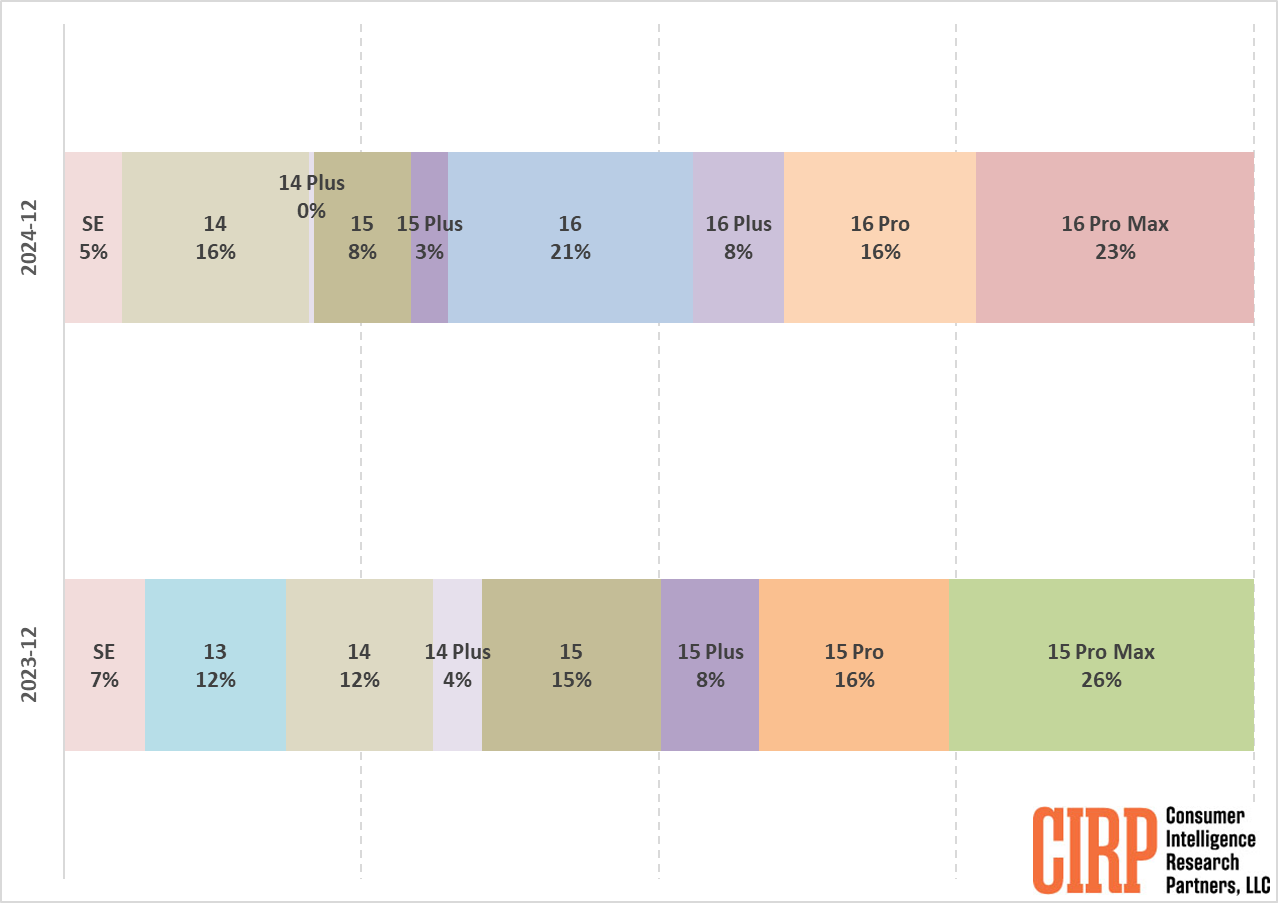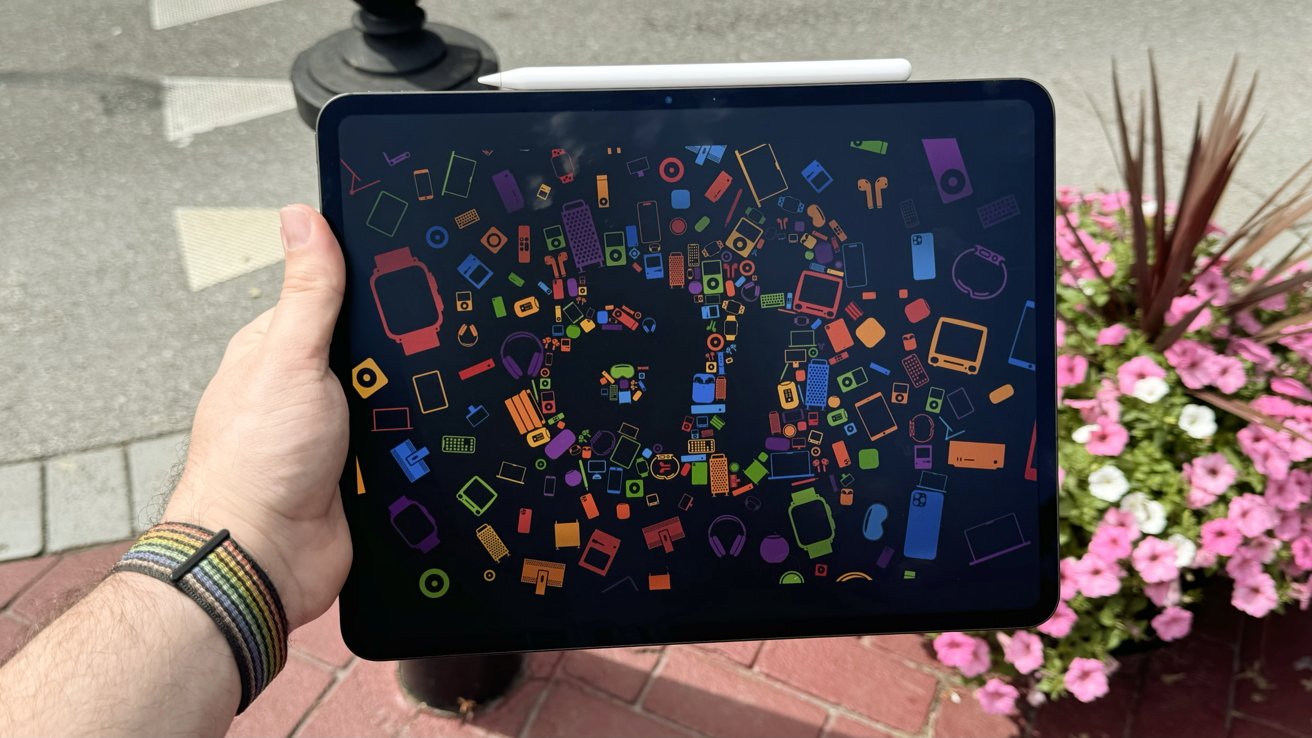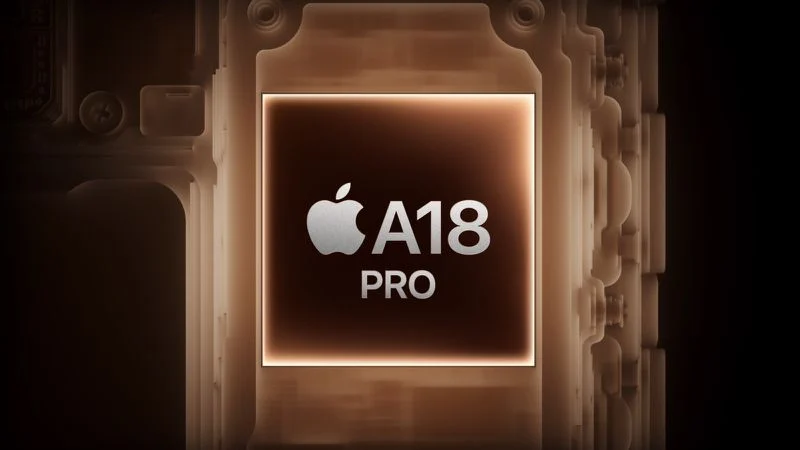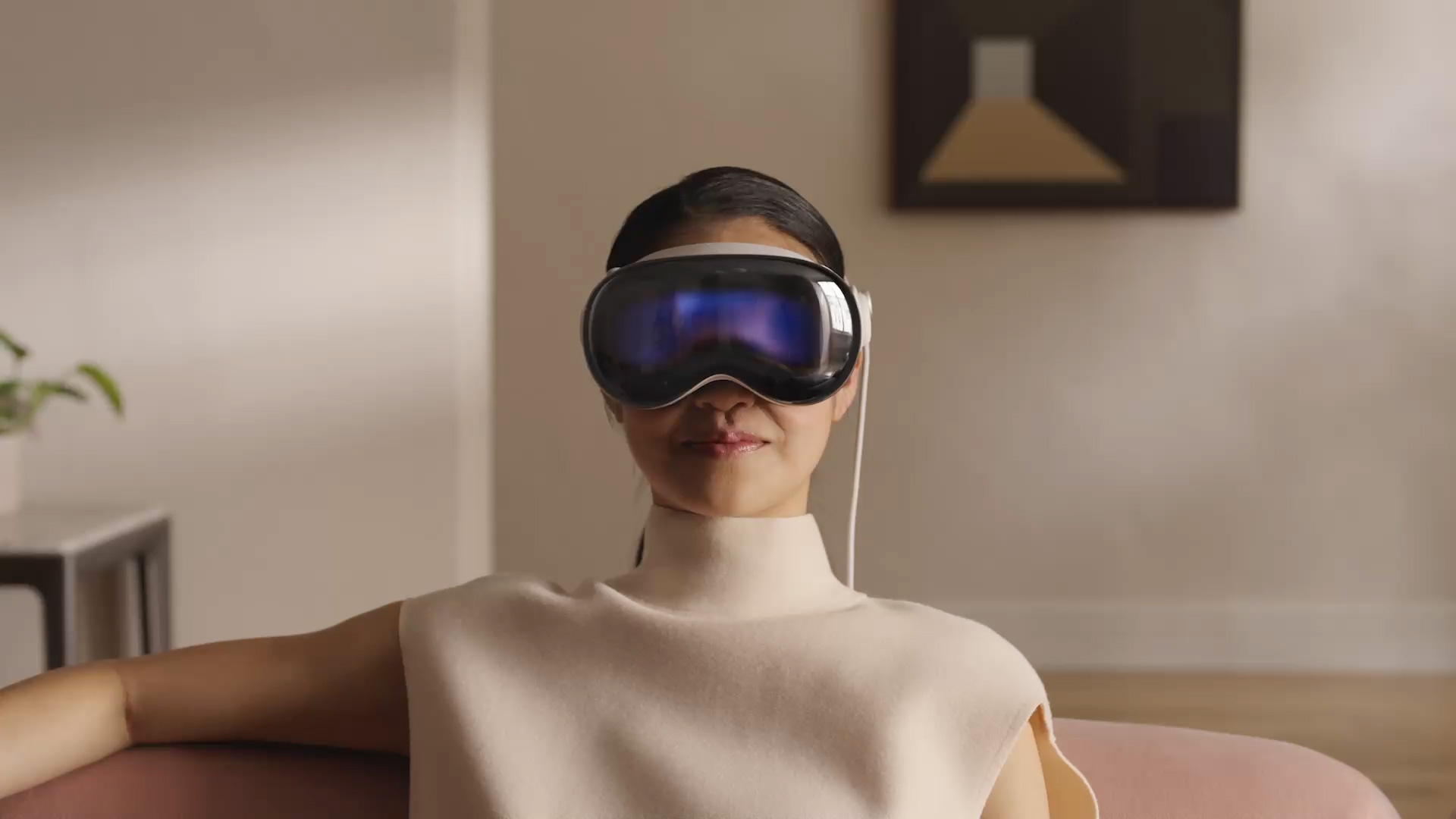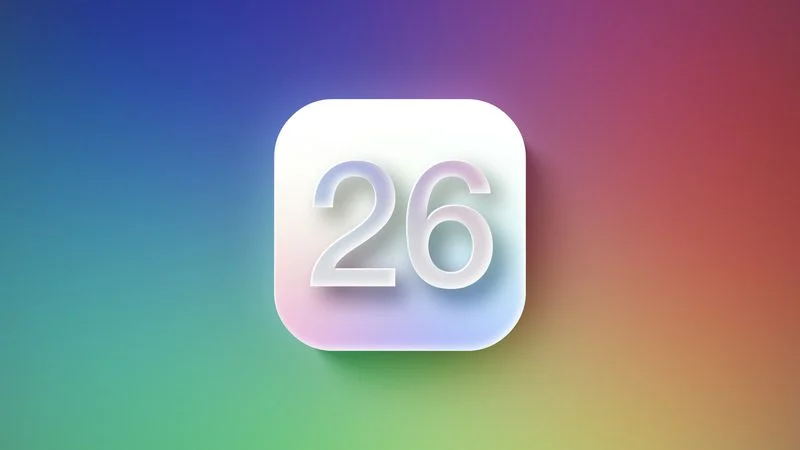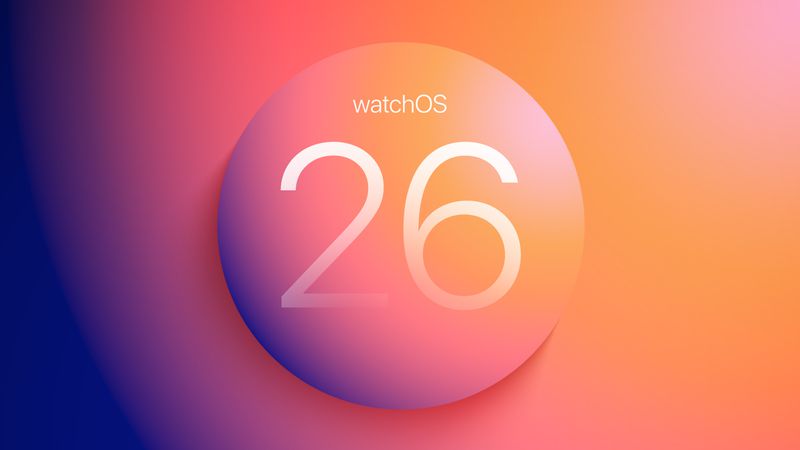Next week, Apple will share how well the iPhone 16 sold over the holiday season. But right now, a new report gives us a sneak peek at which iPhone 16 models are doing well or not so well.
CIRP Report on iPhone 16 Sales
CIRP, which looks at consumer buying trends, just released a report. It doesn’t tell us exact numbers but shows which iPhone 16 models people are buying more or less.
The iPhone 16 Pro Max is still the top choice, but there’s a big twist with two other models:
- Base iPhone 16: This model has seen a big jump, now making up 21% of sales. That’s up from 15% last year, matching the popularity of older base models.
- iPhone 16 Pro Max: Despite being the bestseller, it’s not as popular as before. It now accounts for 23% of sales, down from 26% last year.
What Does This Mean?
The base iPhone 16 has done better because Apple made some nice improvements. It looks like people who might have bought the iPhone 15 chose the new base model instead.
Even though the Pro Max isn’t selling as much as last year, it’s still the favorite. However, together with the Pro model, they make up the smallest share of sales in five years during December.
Looking Ahead
It’ll be exciting to see what happens with the next iPhone 17 series. There’s talk of a new iPhone 17 Air and a strong update for the iPhone SE. These could mix things up even more in Apple’s lineup.
This mix of sales shows how people’s choices are changing, even for a popular brand like Apple.

